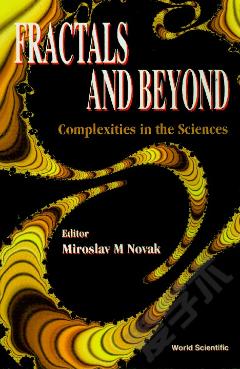Complexity Science: An Introduction
This book on complexity science comprises a collection of chapters on methods and principles from a wide variety of disciplinary fields - from physics and chemistry to biology and the social sciences. In this two-part volume, the first part is a collection of chapters introducing different aspects in a coherent fashion, and providing a common basis and the founding principles of the different complexity science approaches; the next provides deeper discussions of the different methods of use in complexity science, with interesting illustrative applications. The fundamental topics deal with self-organization, pattern formation, forecasting uncertainties, synchronization and revolutionary change, self-adapting and self-correcting systems, and complex networks. Examples are taken from biology, chemistry, engineering, epidemiology, robotics, economics, sociology, and neurology.
{{comment.content}}








 京公网安备 11010802027623号
京公网安备 11010802027623号